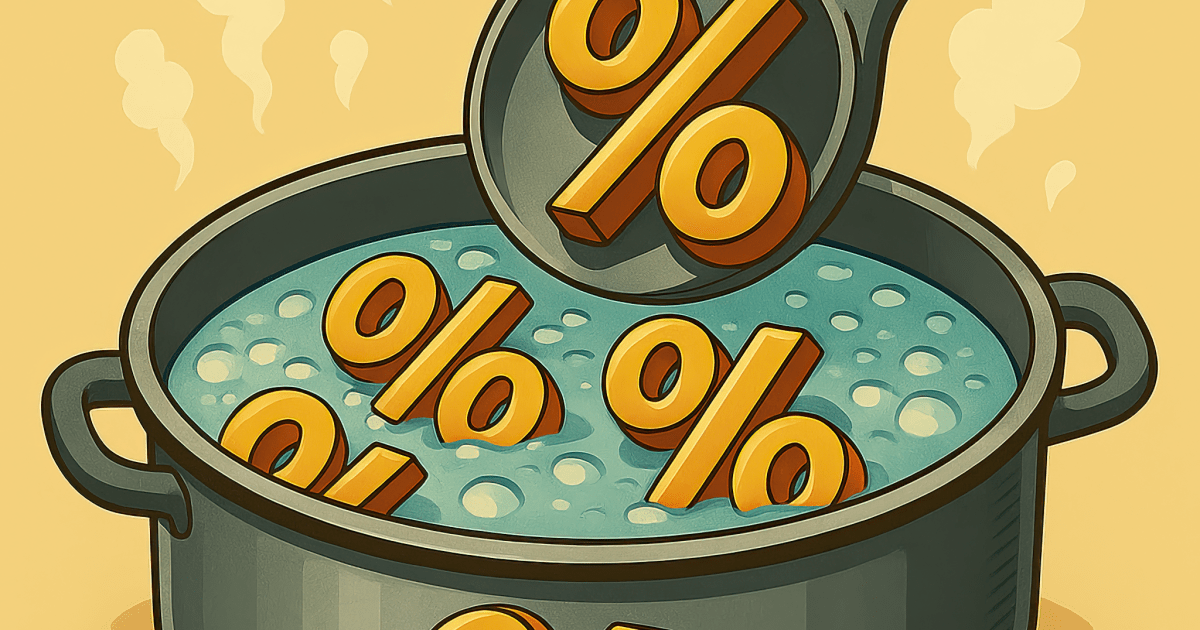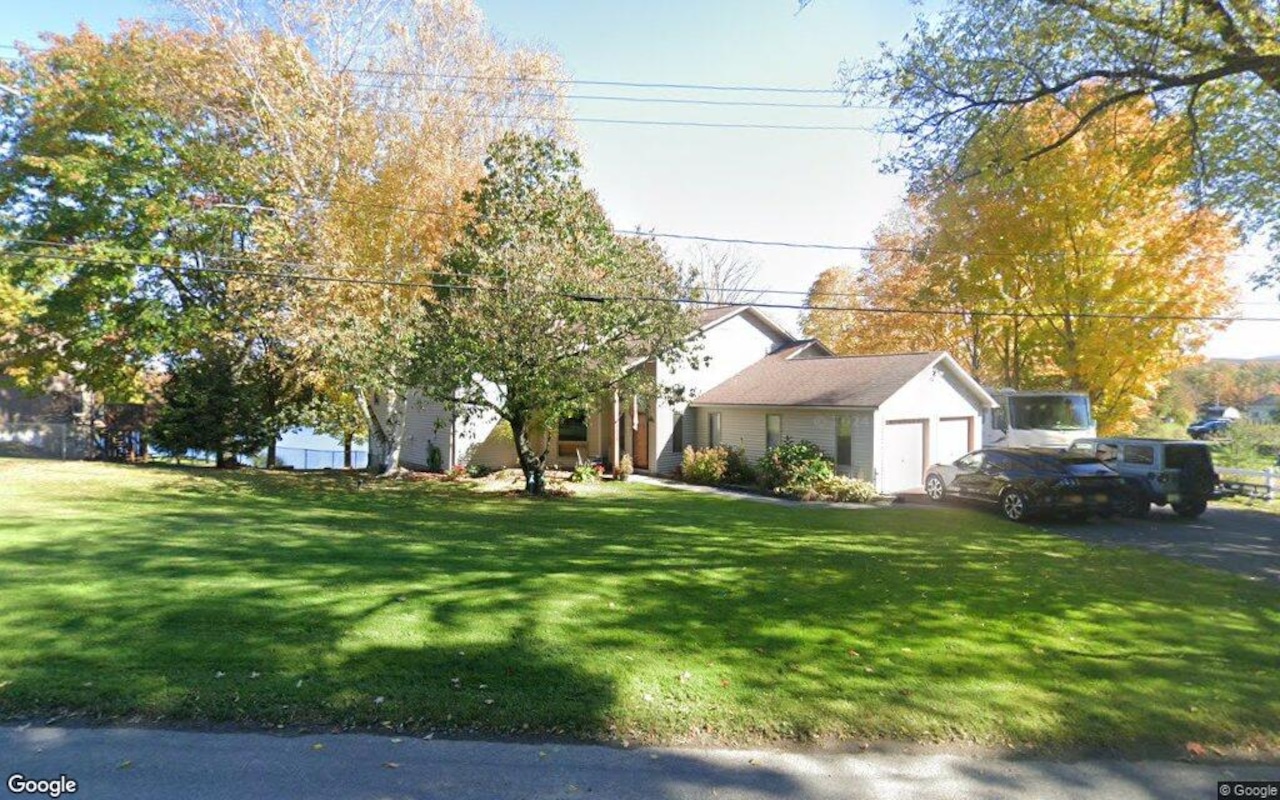O
n August 22, the commercial‑real‑estate sector paused as Fed Chair Jerome Powell announced from Jackson Hole that rates would be lowered this year. The statement echoed a similar declaration from September 18, when Powell confirmed the first cut since March 2020, after a three‑year tightening cycle that pushed the federal funds rate to 5.25 % by June 2024.
A year earlier, Powell had projected a decline to 4.4 % by year‑end 2024 and 3.4 % by the end of 2025, contingent on a positive economic trajectory. Yet the reality fell short: the federal funds rate now sits between 4.25 % and 4.5 %, and the overnight SOFR is 4.39 %, still above Powell’s 3 % target. CRE activity stalled, with Q1 2025 transactions down 19 % YoY and Q2 2025 up only 3.8 % YoY, according to Altus Group data.
Jay Parsons of JPI noted that the Fed’s own surveys hinted at further cuts, but the absence of concrete moves delayed optimism. The market’s uncertainty was amplified by a looming presidential election, lingering inflation, a $1.8 trillion budget deficit, and a steady 4 % unemployment rate dominated by gig and part‑time work.
Powell’s hint of liquidity expansion was met with a sharp rise in the 10‑Year Treasury yield, which jumped from 3.6 % on September 17 to 4.3 % by November 1. Subsequent fluctuations—down to 4.1 % in December, up to 4.8 % in January, and a low of 3.8 % in April—settled around 4.4 % thereafter. CRE investors, accustomed to a “stay‑alive‑until‑2025” narrative, found the volatility unsettling. Tommy Lee of CBRE emphasized that unpredictable long‑term rates deter investment, as future borrowing costs cannot be forecasted.
Industry results have been uneven. U.S. investment sales volume hit $115 billion in Q2 2025, far below the $260 billion seen in 2021’s low‑cost boom. Multifamily sales grew 39 % YoY, while retail and hospitality fell 14 % and 20 %, respectively. Shlomi Ronen of Dekel Capital explained that Trump’s tariff agenda introduced uncertainty, prompting many investors to adopt a “wait‑and‑see” stance.
Despite the 10‑Year Treasury’s relative stability—remaining near 4 % since Trump’s inauguration—CRE markets have managed to sustain activity. The first half of 2025 recorded 12,458 transactions worth $182.4 billion, with the full year projected to see a 1 % drop in sales and a 6.6 % decline in investment volume versus 2024, per Avison Young. Jeffrey Erxleben of Northmarq noted that the Treasury’s steadiness provides a baseline for transaction volumes to grow, even without anticipated rate cuts.
The Fed’s influence on long‑term rates stems from its massive bond‑buying and selling programs. From 2008 to 2012, the Fed’s balance sheet expanded from <$867 billion to $4 trillion, buying mortgage‑backed securities and Treasuries to lower borrowing costs. During COVID‑19, the balance sheet swelled to $8.96 trillion by March 2022, then contracted through quantitative tightening (QT), selling $2.1 trillion of long‑term securities since March 2023. This steepening of the yield curve pushed 30‑year mortgage rates from 4.16 % to 7.22 % by November 2023, and the 10‑Year Treasury from 1.6 % to 5 %.
While the Fed’s mandate focuses on inflation and employment, its actions indirectly shape the “world’s discount rate” that underpins consumer and business debt pricing. Investors often misinterpret short‑term Fed moves as controlling long‑term yields, which are actually set daily by Treasury market participants reacting to fiscal deficits and geopolitical shifts.
The political dimension intensified when Trump publicly demanded rate cuts and threatened to fire Powell and investigate Governor Lisa Cook. Such confrontations risk eroding confidence in Fed guidance, increasing market volatility, and potentially steering policy away from orthodox economic principles. Some, like 3650’s Justin Kennedy, argue that political influence over monetary policy is historical and not new, while others warn that persistent uncertainty could destabilize markets.
Labor market data added another layer of concern: August’s 22,000 job additions and a 4.3 % unemployment rate—the highest since October 2021—suggest a slowing economy that may prompt further Fed action. With Powell’s term ending in May 2026, Trump’s successor could revert to the easy‑money policies of the 2010s, but the current inflationary environment, mounting deficits, and growing debt pose challenges for long‑term yields.
Eric Enloe cautions that the CRE sector must adapt to a 10‑Year Treasury base rate of 4–5 % moving forward. He likens the era of cheap debt to a drug addiction that the market is struggling to wean off. As the Fed navigates the delicate balance between tightening and supporting growth, CRE investors will continue to monitor rate trajectories, Treasury yields, and political developments to inform their strategies.














